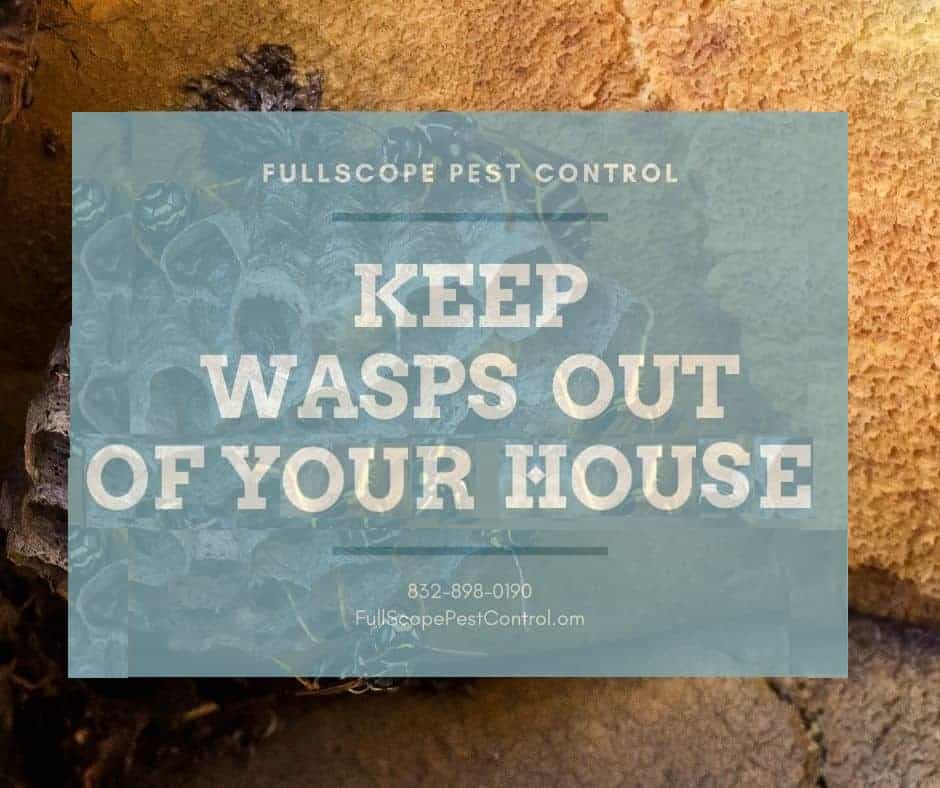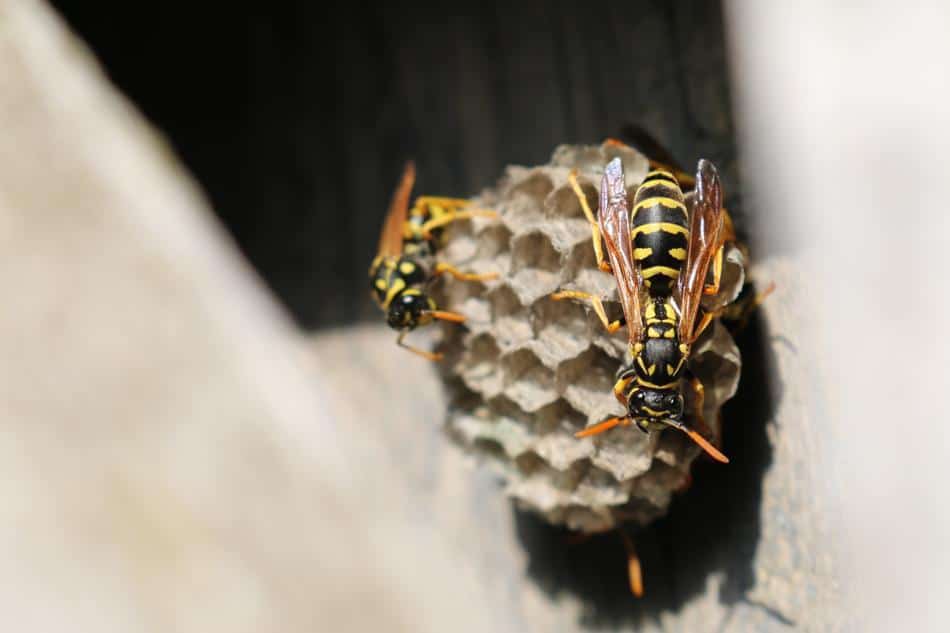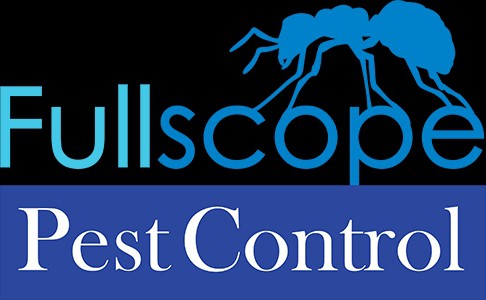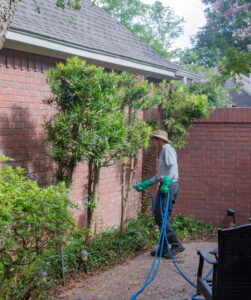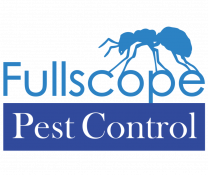If you’ve lived in Texas long enough, you’ve probably become acquainted with wasps at some point. Wasps are not only outdoor insects, if given the opportunity, they might also invade your Porter home. They might just fly right inside through open and unscreened doors and windows.
Open doors and windows are the perfect invitation for stinging insects of all kinds to come indoors. The term “wasps” not only refers to the familiar Paper wasps, but also to all “social wasps (aggressive species of flying, stinging insects),” which includes Paper wasps, but also hornets, yellowjackets, Mud daubers, and others.
Wasps are very active throughout the warm weather season (spring through the fall), but they become noticeably more aggressive and visible in the fall. Aggressive wasp species are trying to protect their nest and queen, and if you cross them … they will attack you and sting.
Wasps in Your Porter House?
Wasps can also try to get into your home through any unsealed openings, gaps, cracks, crevices, unscreened vents, etc. (queens especially, who might be looking for a place to overwinter). Once inside your home, they can roam around anywhere and surprise you when you least expect it.
Dryer vents and bathroom exhaust vents are more ways wasps can get inside, as well as open fireplace flues.
Wasp Nests
Wasps always build their nests in areas they feel are protected, like underneath your roof’s eaves, up in corners of your covered porch and garage ceilings, inside tree hollows, in holes in the ground, on tucked away sides of shrubbery.
If there is a wasp nest on your property from the previous year, you don’t need to worry about it, as wasps will not recolonize it.
Is There a Wasp Nest in My House?
If you are seeing wasp activity indoors, but can’t find a nest outside, double check your home’s exterior for cracks, crevices, gaps, and other small holes. Don’t be surprised if you find an opening outside your home out of which wasps are coming and going frequently. Just inside the opening, you’ve probably got a wasp nest.
Removing a Wasp Nest From Inside Your Home
Removing a wasp nest yourself is never recommended as a DIY project, especially if you have an allergy to wasp stings. Severe allergic reactions to wasp stings and bites (yes, they bite, too) can result in being fatal. You should strongly consider calling a pest control company. If you insist on taking the risk and removing it yourself, be sure to treat the nest thoroughly (preferably at night when wasps are less active) with a reliable wasp and hornet killer. Leave the nest alone for three to four weeks, and retreat if necessary. When the empty, dead nest is showing no more signs of wasp activity, it should be safe to take down and dispose of.
Remember that no matter what you do, wasps are a part of living in Texas, and you can only do so much yourself. If you are overwhelmed by a wasp problem, or even for preventive maintenance contact our Porter, TX pest control experts today! Let us help you and your family enjoy the quiet of a yard free of wasps.
Call Us Today! 832.898.0190
Error: Contact form not found.

